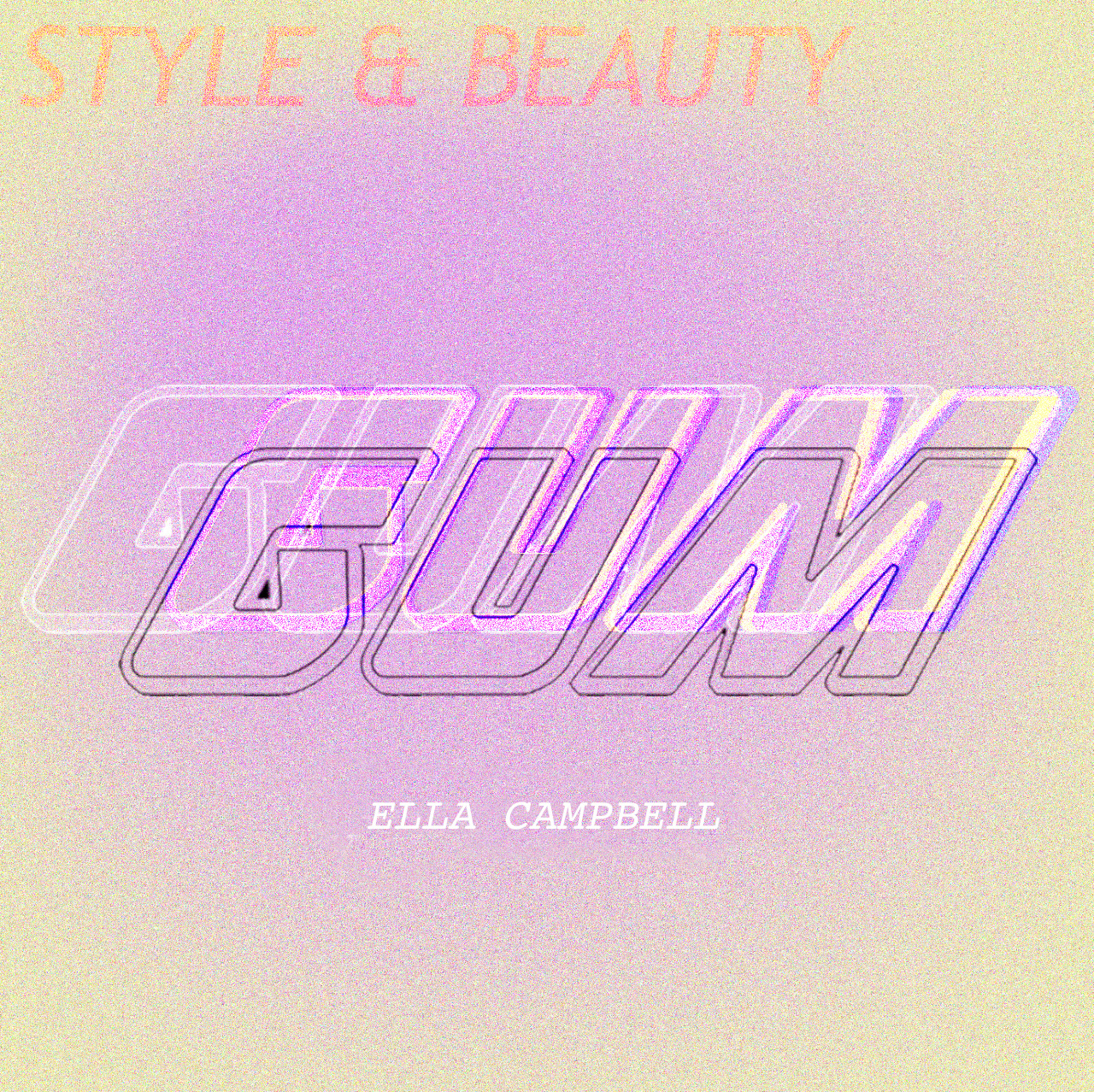Words: Ella Campbell (She/Her)
‘Beauty is pain’ is too often used as a fleeting comment on the trials and tribulations within our culture of aestheticism. Don’t get me wrong, I am guilty of dropping such comments after wearing new kicks that sadistically rip into my feet, leaving them sore and blistered. ‘It’s for the aesthetic!’ I command, crowning myself a stoic fashionista. But what happens when the context of this idea shifts into the realms of cosmetic surgery? Why, with the plethora of dangers, complications, and pain, do so many people consciously choose to put their bodies at risk for the ever out-of-reach notion of perfection?
I would like to clarify what I mean by cosmetic surgery, as the conscious decision to undergo medical procedures or operations that change the physical appearance of one’s body for aesthetic reasons rather than medical. The rise of the modern industry of cosmetic surgery stems from early 20th century military veterans that had returned home with facial and bodily disfigurements. Many believed improving the appearance of these disfigurements would better the soldiers’ quality of lives. Since then, the cosmetic surgery industry has grown alongside a eugenics-based, patriarchally imprisoned idea of linking physical appearance to one’s character and intelligence. A fleeting glance at any early Disney classic is a sure example of attractiveness equalling morality and virtue versus the villainy of ugliness. Capitalist consumerism took this concept and ran with it, creating a market for pressuring women particularly to focus on their external beauty, and insinuating a mask of control over one’s outcome based on their attractiveness. What seems to be baffling is the excruciating lengths that we find ourselves resorting to as a bid to keep in line with such a narrow theory of aesthetics.
The idea of getting a nose job genuinely makes me believe that my life would be better, as I’m sure others feel when they swear by their regular lip injections, or buccal fat removal. But when I truly consider the implications that come with going through such a procedure, that is where the fantasy ends. Do I actually want to subject myself to a complete healing time of at least one year, a limited predictability of a desired result, not to mention highly likely life-long complications ranging from numbness to breathing problems? These may be more probable consequences, especially in the context of a nose job, but it isn’t far-fetched to mention the incredibly serious, life-threatening risks of cosmetic surgery too. After all, they are still medical operations and procedures that can be miscalculated and end frightfully. Doesn’t sound particularly enthralling, right? There are too many horror stories that haunt the internet for this to be desirable. Yet statistics show a 33.3% increase in aesthetic surgeries over the last four years.
Feminist scholars have pondered why women are so willing to risk dangerous procedures and agonising pain. Naomi Wolf concludes that ‘women’s pain is contradicted through its trivialization’ which is a testament to the idea that because we choose the option of cosmetic surgery, we are choosing to endure such pain and should not be making a fuss. But shouldn’t we also support women’s bodily autonomy? This ties into the argument that this sort of beautification exists purely to satisfy oneself – we all have free will to do what we want. But how much of this is pertinent to free will when we consider the history of beauty? The cosmetic surgery industry exists as a tool within consumerist capitalism and the all-encompassing influence of social and print media. As a society, it has become acceptable, even encouraged, to ignore or minimise the pain and risks of cosmetic surgery and instead become martyrs to the aesthetic. Pain itself is physical and psychological as David Morris explains it ‘emerges only at the intersection of bodies, minds and cultures’. So when weighing this up with the prospect of a “perfect” appearance, it becomes easier to brush the pain-inducing aspects aside.
If you are interested in considering this in more depth, Frances Cha writes a fantastic novel If I Had Your Face that I highly recommend, alongside George Alexias, Georgia Dilaki, and Charalambos Tsekeris’ article on ‘The “Beautiful” pain: cosmetic surgery and the embodiment of pain’.
What is particularly frightening is the knowledge that cosmetic surgery will forever be endowed as its own trend cycle – there will always be new aesthetic aspirations as others fade out (think of Molly-Mae’s journey to becoming more natural-looking by dissolving her fillers). This, conducted by the inspirational stoicism of painful beauty, leaves us in a dangerous position where our suffering becomes heroic. They help to ponder the question: Is the prize of ‘beauty’ really worth such agony?
Sources
https://hrcak.srce.hr/file/130257
https://www.theguardian.com/lifeandstyle/2011/feb/09/dangers-cosmetic-surgery
https://www.nhs.uk/conditions/cosmetic-procedures/cosmetic-surgery/nose-reshaping-rhinoplasty/
https://harleyclinic.com/blog/how-long-does-it-take-to-recover-from-rhinoplasty/
https://www.youtube.com/watch?v=gsXYJn28Gn4 – with sources embedded in the info column underneath video

